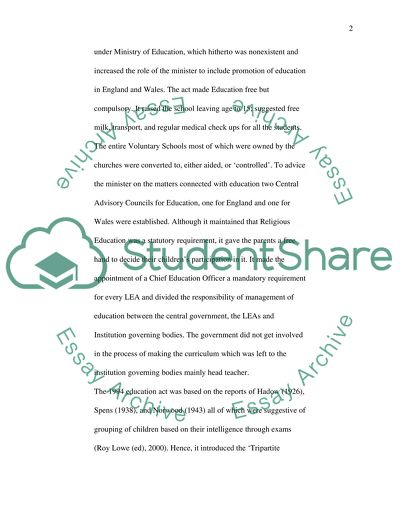Cite this document
(“Primary and Secondary Education in Wales and England Essay”, n.d.)
Retrieved from https://studentshare.org/education/1515105-primary-and-secondary-education-in-wales-and-england
Retrieved from https://studentshare.org/education/1515105-primary-and-secondary-education-in-wales-and-england
(Primary and Secondary Education in Wales and England Essay)
https://studentshare.org/education/1515105-primary-and-secondary-education-in-wales-and-england.
https://studentshare.org/education/1515105-primary-and-secondary-education-in-wales-and-england.
“Primary and Secondary Education in Wales and England Essay”, n.d. https://studentshare.org/education/1515105-primary-and-secondary-education-in-wales-and-england.


